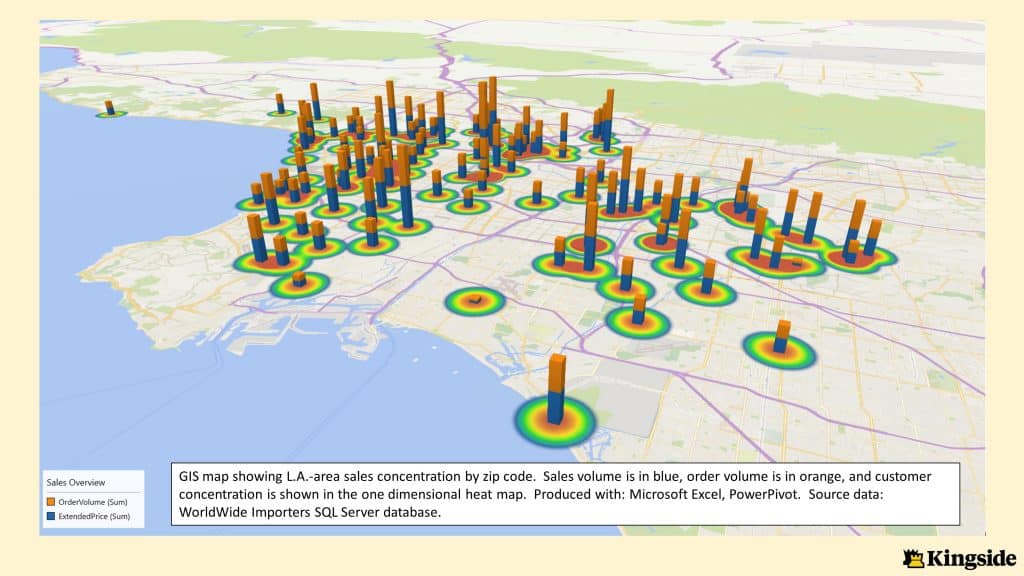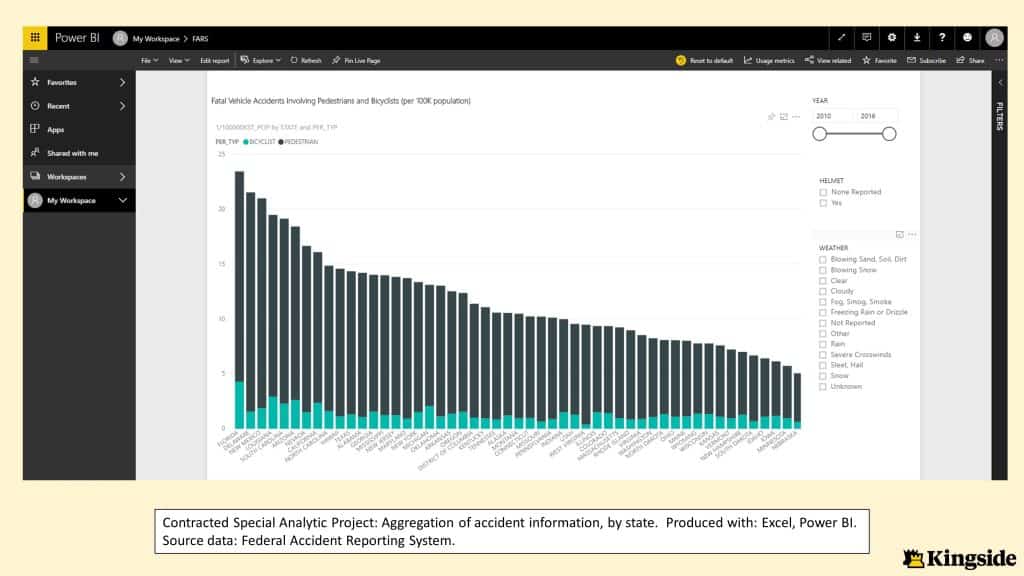Analysis
Information is a competitive advantage. Yet, while digitization and cloud storage have permitted companies of all sizes to cheaply acquire, retain, and access information, their ability to use it has not significantly improved. Having too much data is usually better than having too little, but a dataset of any size is only as valuable as a consumer’s ability to process and draw conclusions from it.
How We Can Help
Pricing
Every aspect of pricing should be planned, and relate fully to identifiable business objectives. Typically, the goal is to maximize profit, but pricing can serve strategic objectives as well. We can evaluate your pricing policies and identify areas of concern. We can collect information about your competitors’ pricing and highlight actionable weaknesses. We can also determine the degree to which pricing supports your strategy and quantify any resulting profitability loss.
Costing
We can accurately determine how costs behave within your company. We can identify areas of higher cost and the factors that caused them. We can analyze various cost reduction strategies and recommend the best.
Return on Investment
Healthy cash flow brings with it increased opportunities for your business. We can objectively and thoroughly assess your expected return on investments, allowing you to choose your ideal combination of risk and profit from among the options available to you.
Miscellaneous Issues
While unexpected results often suggest a problem, they do little to identify its nature or magnitude. Conversely, you may know about a problem but can’t quantify its impact on your business. We can start from a result and identify or weigh the factors that caused it. Or we can evaluate various practices and gauge their influence over your company’s performance. We have specific experience analyzing compensation, supplier arrangements, and staffing.
How We Are Unique
Easily Understood
We think “data”, but we try not to speak it. We have years of experience presenting analytic findings to audiences at all organizational levels. We’re fully aware that insight is only as good as a consumer’s ability to understand it.
Self-Aware
We acknowledge and disclose any known shortcomings in our data or methods and identify the changing environmental factors that might make our analysis invalid in the future. We also qualify certain predictions in terms of their likelihood, and routinely present and assess the validity of competing hypotheses.
Objective
Our goal is to reduce uncertainty on your behalf. We will consider your organizational climate when presenting analytic findings, but only available data and observations will influence our conclusions.
Repeatable
If our analysis is truly valid, then a third-party should be able to follow our methods and achieve similar results. Oftentimes, it’s also important to perform the same analysis in the future to determine whether circumstances have changed, or corrective measures have been effective.
Considerations
What is the Scope the Problem?
Our analytic solutions are most effective when they are directed against a known and specific problem. Specificity also shortens the time required to complete an analytic project. “Why are my costs high?” is not a bad research problem, but it is not as well-constructed as “Why have my Texas material costs been high for 15 months?” and will likely take longer to solve.
What Else is Occurring?
The problem you’d like us to analyze doesn’t exist in a vacuum. It’s important to consider how your observations fit with occurrences elsewhere in the economy or your industry. For example, increased material costs may not be a significant threat if your competitors experience them also.

